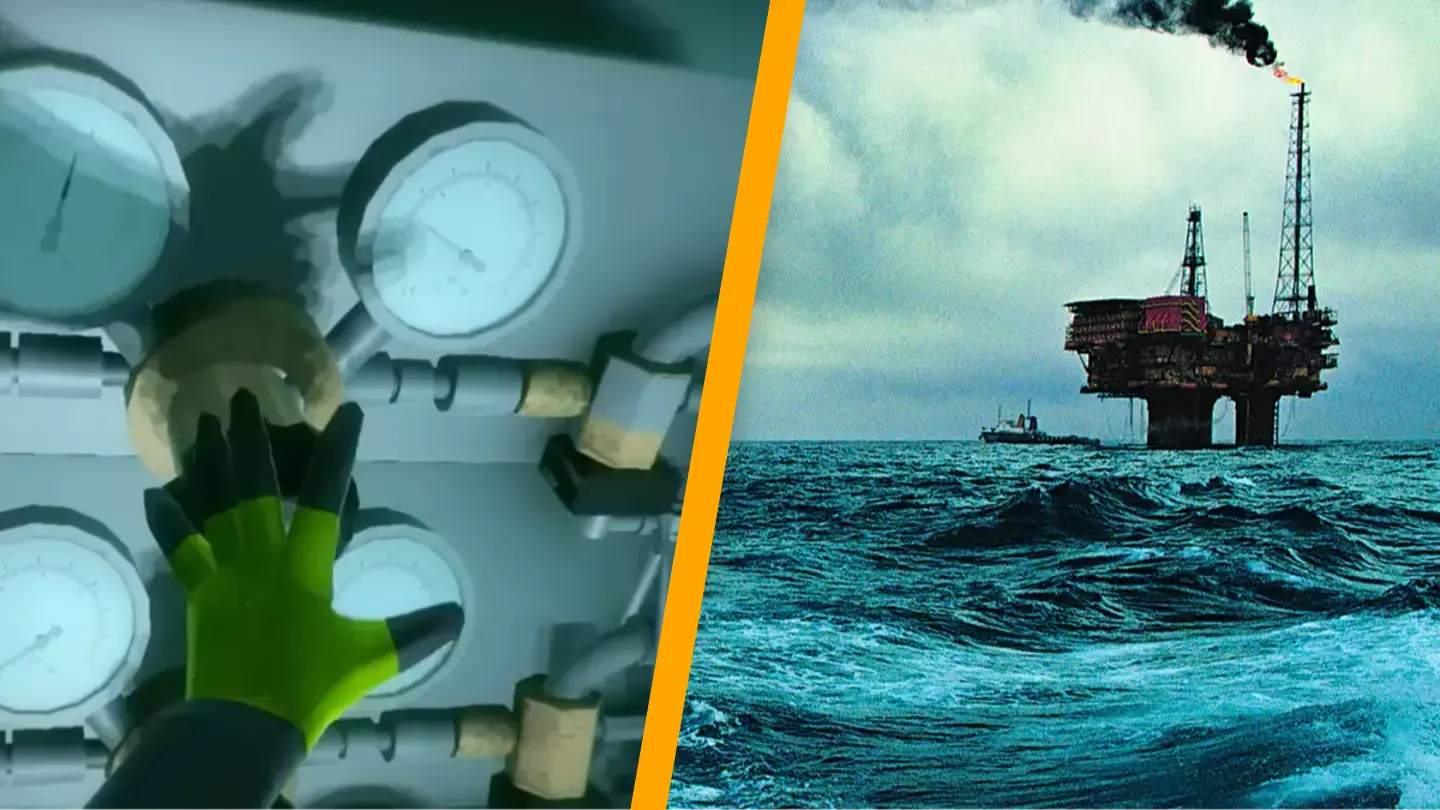The Byford Dolphin tragedy is one of the most gruesome incidents in the history of offshore oil operations, where four divers and a tender met untimely deaths. The case highlights the critical importance of stringent safety measures in such high-risk environments.
In 1983, saturation divers Edwin Coward, Roy Lucas, Bjørn Bergersen, and Truls Hellevik, along with tender William Crammond, tragically lost their lives. To understand the mishap, it’s important to grasp the concept of saturation diving.
Saturation diving involves a special mixture of oxygen and nitrogen held under pressure, allowing divers to cope with immense underwater pressure, typically around 1,000 feet below the surface. This process requires divers to live in pressurised containers for extended periods, minimizing the need for repeated pressurisation and depressurisation.
The divers’ accident demonstrates the risks associated with this practice. They resided in a pressurised facility comprising living quarters and a section known as ‘the diving bell’, which was designed for depressurisation.
Unfortunately, the diving bell was released before the doors were fully sealed, causing an instant pressure drop from nine atmospheres to one atmosphere in their living area. Such a drastic change would normally take days to achieve safely, leading to catastrophic consequences.
The YouTube channel Storified has illustrated the incident. In their video, a narrator explains: “The diving bell disconnected before the chamber doors fully closed, releasing an explosive depressurisation.”
https://www.youtube.com/watch?v=j8XgLX5FLdY
They further describe the sequence of events: “The air pressure inside the bell instantly shifted from nine atmospheres – the pressure experienced while 297 feet below the water – to one atmosphere, the average air pressure on the surface. The explosive rush of air out of the chamber sent the heavy diving bell flying. The diving bell struck Crammond and Saunders, critically wounding them.”
Lucas, Coward, and Bergersen died instantly as the dissolved nitrogen in their blood returned to a gaseous state. Tragically, Hellevik, being closest to the door, endured the most horrific fate. The pressure caused his body to be forced through a small opening, leading to a devastating outcome.
Martin Saunders, another tender, was the sole survivor, left in critical condition following the accident.

